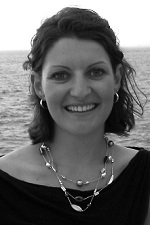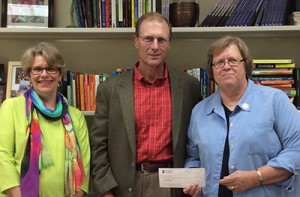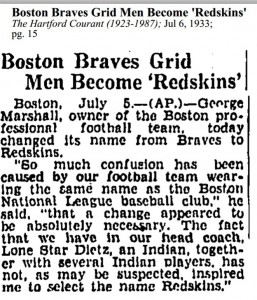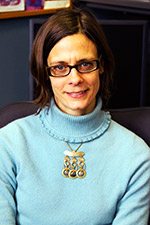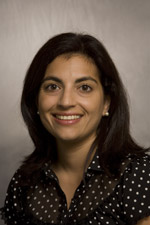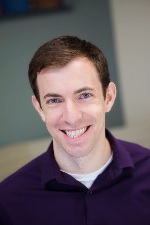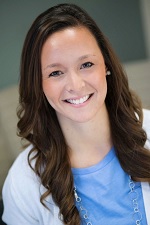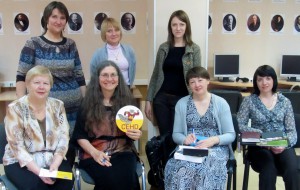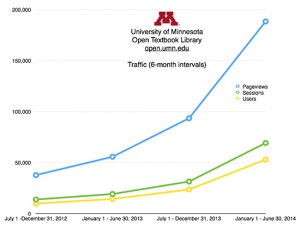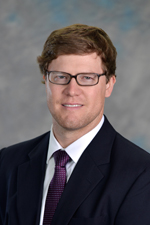College
Culturally Proficient Educator Practices: Changing The Conversation
Wednesday, October 22
8:00 am – 2:30 pm
Continuing Education and Conference Center
Gen Silent: Examining Challenges Older GLBT Adults Face Navigating the Healthcare System
Thursday, October 23
4:00 pm – 6:30 pm
Mayo Memorial Building 3-100
Free and open to all, but please register in advance at www.coa.umn.edu
Tuesday, October 21
12:00 pm-1:00 pm
Hubert H. Humphrey School, Rm 205
Friday, October 24
6:00 pm
Coffman Art Gallery, Coffman Memorial Union
In Whose Honor? American Indian Mascots in Sports
Wednesday, October 29
6:00 pm – 8 p.m.
Coffman Theater, Coffman Memorial Union,
Sovereignty Matters
Thursday, October 30
3:00 pm – 5:30 pm
Best Buy Theater Northrop
Perspectives Panel facilitated by Charlene Teters
Thursday, October 30
6:00 pm – 8:00 pm
Great Hall, Coffman Memorial Union
Minnesota OUT! Poetry Slam
Friday, November 7
8:00 pm -10:00 pm
Century College Lincoln Mall
Minnesota OUT! Drag Show
Saturday, November 8
8:00 pm -10:30 pm
Century College Lincoln Mall
Take Back the Campus Rally
Tuesday, October 21
Time: 4:30 pm – 7:00 pm
Stereotypes: The Power of Representation
Sunday, October 26
2:00 pm – 4:00 pm
Cornbread Harris
Every Friday
6:00 p m
Loring Pasta Bar
“Do not read, as children do, to amuse yourself, or like the ambitious, for the purpose of instruction. No, read in order to live.” Gustave Flaubert.
To better understand the lives that live within our college, we are asking CEHD staff and faculty to tell us what they are reading in the areas of equity and diversity. Below is a list of some diversity and equity readings.
The reading from Rebecca Dosch Brown
What We Have Done: an Oral History of the Disability Rights Movement
Hundreds of pages of mult-layered and diverse narratives that share the stories of everyday people involved in parental, institutional, disciplinary and legal movements for equal rights.
The reading from Jane Marie Marshall
Prevention programming for African American Youth
A review of 12 youth programs funded by the Center for Substance Abuse Prevention that endorses the adoption of Africentric programming as an impactful integration strategy.
Chipungu, S. S., Hermann, J., Sambrano, S., Nistler, M., Sale, E., Springer, J. F. (2000). Prevention programming for African American youth: A review of strategies in CSAPs national cross-site evaluation of high-risk youth programs. Journal of Black Psychology, 26(4), 360-385.
The reading from Nate Whittaker :
The Immortal Life of Henrietta Lacks
In 1951 doctors at Johns Hopkins took cancerous cells from her body without her knowledge. HeLa cells have played a major role in important scientific and medical advancements, but the Lacks family has received no compensation despite the billions of dollars that HeLa cells have generated in the medical industry. Skloot’s book raises critical questions about race, ethics, and scientific discovery.
Engage with both the readings and the colleagues who shared them. Also, feel free to share your own to be featured here later on: What are you reading?

